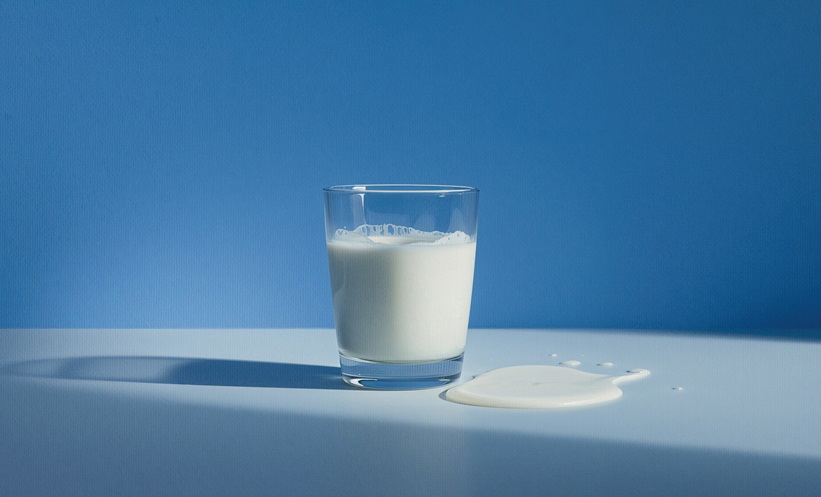A LINK between dairy and coronary artery disease has emerged from new research suggesting that whole-fat dairy consumption in young adulthood may be associated with a lower risk of coronary artery calcification (CAC) later in life.
Rethinking Dairy and Coronary Artery Disease
The relationship between dairy and coronary artery disease has long divided scientists and health professionals. Traditional dietary guidelines have favoured low-fat or nonfat dairy products to reduce saturated fat intake and support heart health. Dairy products remain an important part of many diets worldwide, contributing essential nutrients such as calcium, potassium, and vitamin D. Yet evidence about their impact on cardiovascular health has been inconsistent. While some studies suggest dairy intake is neutral or slightly beneficial, others have pointed to potential risks linked to saturated fat. This latest study offers a fresh perspective by focusing on younger adults and tracking long-term outcomes.
Methods and Findings from the CARDIA Study
Researchers followed 3,110 participants aged 18 to 30 for 25 years. Dairy consumption was recorded at the beginning of the study and after seven years, while CAC, a strong predictor of coronary artery disease, was assessed at years 15, 20, and 25.
During follow-up, 904 participants developed CAC. After adjusting for demographic and lifestyle factors, higher intake of whole-fat dairy was inversely associated with CAC risk, with a hazard ratio of 0.76 (95% CI: 0.61, 0.96) for the highest compared with the lowest quartile. However, when body mass index (BMI) was added to the model, the association weakened (P for trend = 0.13). Total and low-fat dairy showed no significant associations.
Clinical Implications and Future Directions
These results suggest that whole-fat dairy may not increase cardiovascular risk and might even offer some protection against subclinical atherosclerosis. If confirmed by future studies, dietary recommendations on dairy and coronary artery disease could be reconsidered, shifting focus from fat content to overall dietary balance.
Clinicians and public health experts are now encouraged to look beyond single nutrients and consider the broader “dairy matrix,” which may influence how fats, proteins, and micronutrients interact in the body. Larger, multiethnic studies will be essential to validate these findings and clarify the role of dairy in lifelong cardiovascular health.
Reference
Cannon EJ et al. Dairy Intake and coronary artery calcification: the cardia prospective cohort study. The Journal of Nutrition. 2025;DOI:10.1016/j.tjnut.2025.09.029.








